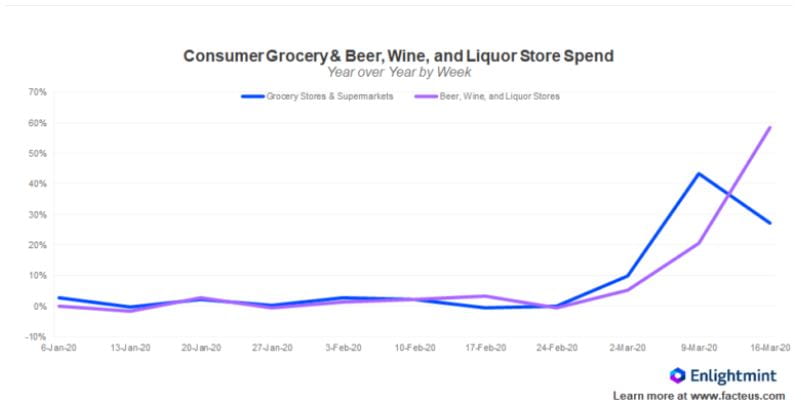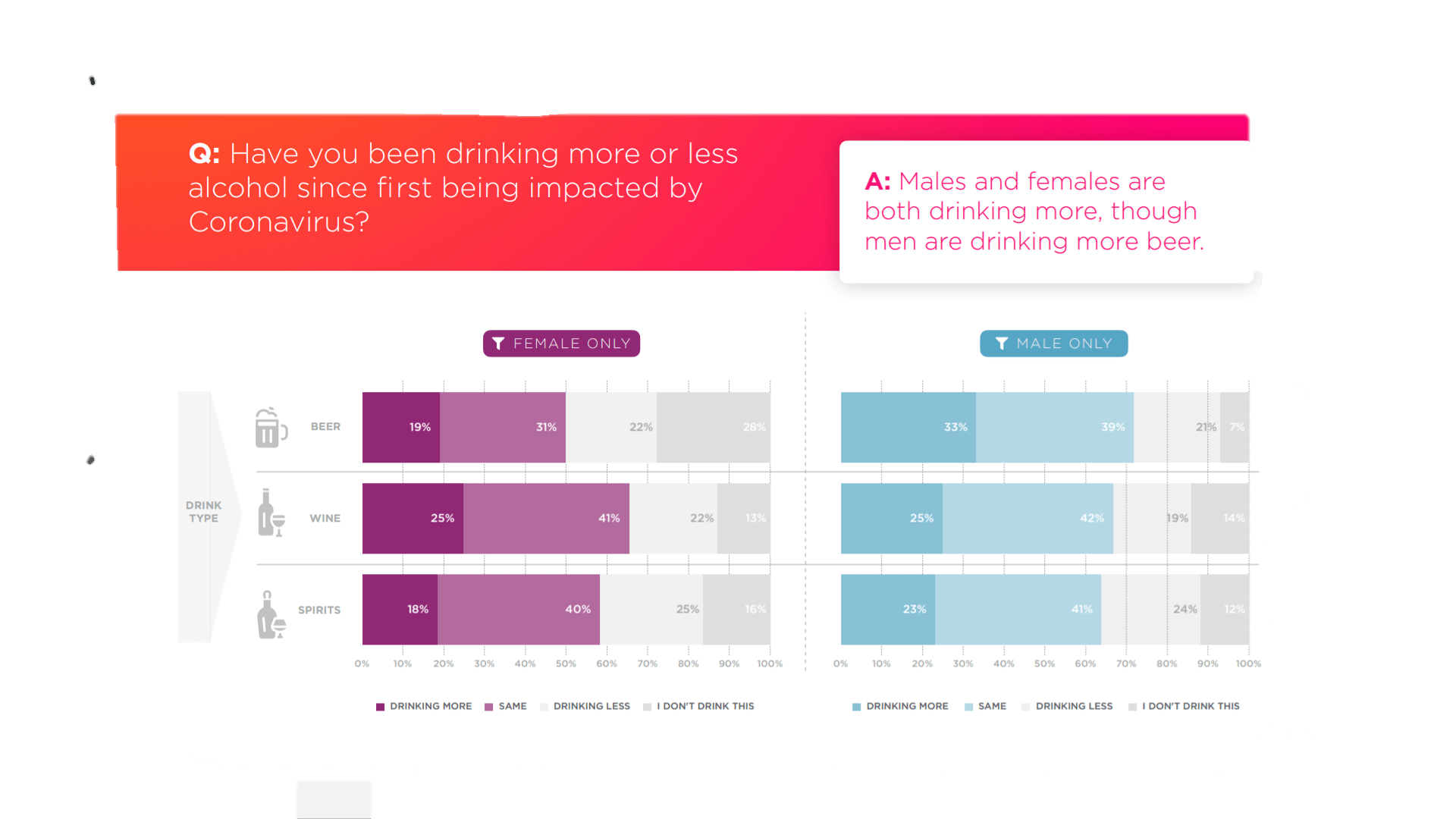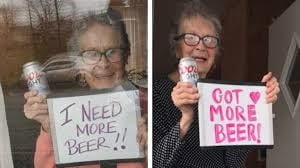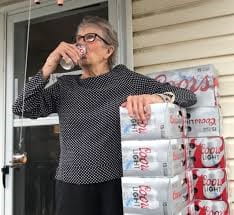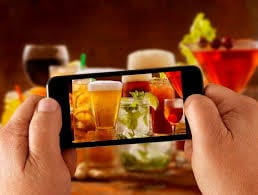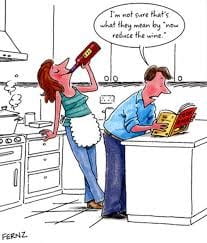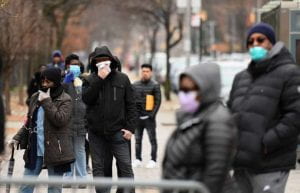We all know that being stressed can lead to stress drinking. We also all know that being bored can lead to bored drinking. Now, we have come to know that being in quarantine, can lead to quarantine drinking, with a mixture of both boredom and stress. What a combination! According to the WHO, there were many myths floating around when the coronavirus pandemic began of which stated things such as “Consuming alcohol destroys the virus that causes COVID-19.”, and “Drinking strong alcohol kills the virus in the inhaled air.”, and “Alcohol stimulates immunity and resistance to the virus.” All of these assumptions are by far not true, however, these have led to an increase in drinking habits due to people believing these myths, as well as mixing it with boredom, stress, panic and uncertainty about the pandemic. Studies have also shown that alcohol and coronavirus are not such a good mix after all and should definitely be kept separate.[2,4]
With the number of locations in the world that have been put under lock-down, with uncertain periods of quarantine, alcohol has been a choice of a lack of other activities to keep us busy. Alcohol is not necessarily a part of our daily diets and should not be a priority on our shopping lists. It is important to be able to understand that alcohol poses risks to our health and safety, especially as women, and so as a general public alcohol should therefore be avoided during long periods of isolation. Alcohol should not be made a part of people’s daily regimen to consume alcohol. It is 5 o’clock somewhere, but after long days of being stuck in the house, try to make a smoothie or other healthy drinking options for a yummy substitute, as well as being able to consume some nutrients for the day.
According to alcohol distributors there was a reported 50% increase in the sales of alcohol in one week in March compared to the same week last year in 2019.[3] Another surprising fact is that there has been an overwhelmingly 300% increase in alcohol for month of March compared to previous months.[3] This is potentially dangerous when considering that since we have been in an indeterminable lock-down for weeks, in a nation where most people do not have such downtime, even when on vacation, this could cause drinking problems, especially in women who turn that one glass of wine into two, to three, to four, and then multiply that amount times multiple days of the week. With anxiety and stress about the pandemic and job loss all around us, it can be natural for people to want to pour a drink and curb their feelings about what is going on. With alcohol in the mix, it can have an affect on people’s decision making, and even mess with one’s health of which is key to surviving this surge of coronavirus. Adding alcohol consumption during this time can surely exacerbate health vulnerabilities, risk-taking behavior, mental issues, and violence, of which there seems to be a surge of currently as well.[4]
Throughout this pandemic and being in quarantine, women have been dividing their days between coffee hours, taking care of kids, exercising, and alcohol hours. There have even been zoom “happy hours with the girls”, as well as partaking in happy hours that can be at almost any hour, and while there is a higher threshold of alcohol intake for men, women absorb and metabolize alcohol differently, so consuming a certain amount of alcohol would affect a women at a different rate, and her blood alcohol content would most definitely reflect that.[1] This can be dangerous in times like these in that drinking a couple of drinks could relieve the stress and anxiety that we are under, but with women, it could become a real eye opener to how we can go through life and use alcohol to avoid and solve our problems.
When this pandemic is over, what kind of new drinking habits that may have been picked up in quarantine will ensue, and how will we be able to overcome that battle?
This article that told several personal accounts of women who are going through this pandemic and how they have (or have not) incorporated alcohol into their daily routine.
https://www.refinery29.com/en-us/2020/05/9806936/drinking-more-alcohol-coronavirus
References:
- Purtill, C. (2020, April 30). Quarantini Anyone? When Everyday Drinking Becomes a Problem. Retrieved from https://www.nytimes.com/2020/04/30/us/30IHW-drinking-women-coronavirus-quarantine-habit.html
- Reeves, M. (2020, April 6). Hold the “Quarantinis”: Alcohol and Novel Coronavirus Might Not Mix. Retrieved from https://www.globalhealthnow.org/2020-03/hold-quarantinis-alcohol-and-novel-coronavirus-might-not-mix
- Stress Drinking: Alcohol Consumption Increases During COVID-19. (n.d.). Retrieved from https://healthcare.utah.edu/the-scope/shows.php?shows=0_p0xim6x3
- http://www.euro.who.int/__data/assets/pdf_file/0010/437608/Alcohol-and-COVID-19-what-you-need-to-know.pdf








